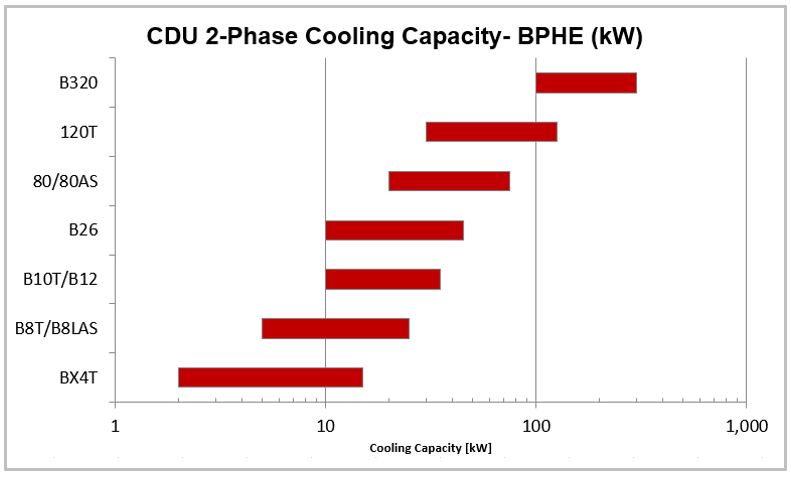The challenges of data centers in white area cooling are becoming increasingly complex. The explosive demand of the entire society for transmitting large amounts of data at faster speeds is driving an exponential increase in power consumption, along with a growing demand for more effective cooling technologies. At the same time, IT companies are also facing increasing pressure to improve energy efficiency and promote sustainable operations.
In order to meet energy efficiency needs, liquid cooling systems have replaced traditional white zone cooling technologies in many data centers around the world and continue to develop. Alfa Laval has extensive experience in providing compact, efficient, and innovative solutions for liquid cooling systems, with a comprehensive product portfolio including compact brazed and fusion welded plate heat exchangers. Immediately contact Alfa Laval to learn about cooling solutions for data centers of different scales under various climatic conditions, in order to meet the needs of data center customers for liquid cooling technology.
In a cold plate system, the liquid coolant directly cools the hot components through the cold plate on the chip. The plate heat exchanger is located outside the server rack and is used to cool the liquid medium heated by the refrigerant distribution unit (CDU) during operation. As a separator between the media in the system, the heat exchanger can minimize the required amount of refrigerant, thereby improving cost-effectiveness.
The single-phase immersed IT casing uses insulated liquid cooling equipment. The cooling process can be carried out passively through conduction and natural convection, or actively by pumping liquid into the server. In this mode, the heating liquid flows through the heat exchanger through the water circuit and is cooled again. Heat exchangers and pumps can be installed inside or outside the server on one side.
Single phase immersion/open immersion cooling, also known as open immersion cooling, requires the IT components to be completely immersed in the rack, using the insulation liquid or coolant that is filled with it to absorb heat. Then, the heat is transferred to the single-phase or two-phase fluid through the IT casing or open immersion. There are two main types of coolants: hydrocarbons and fluorocarbons.
Two phase immersion/open immersion mainly utilizes the heat of components to heat low boiling liquids. The liquid turns into steam and then rises to the condenser at the top of the tank. The steam further cools, transforms into a liquid again, and then falls back onto the components in the form of raindrops, repeating the cycle. In such systems, plate heat exchangers can be used as evaporators or condensers.


Advantages of brazed plate heat exchangers in white zone liquid cooling:
1. Provide high energy efficiency solutions to maximize sustainability
2. With its compact footprint, optimized plate design, and high design pressure, it is the ideal solution for natural refrigerants with low global warming potential (GWP)
3. Our board design can provide customized asymmetric flow channels according to the application field
4. Equipment can be fully recycled to ensure supply chain recyclability
5. All accessories can be customized to ensure that they can be connected to their corresponding parts
